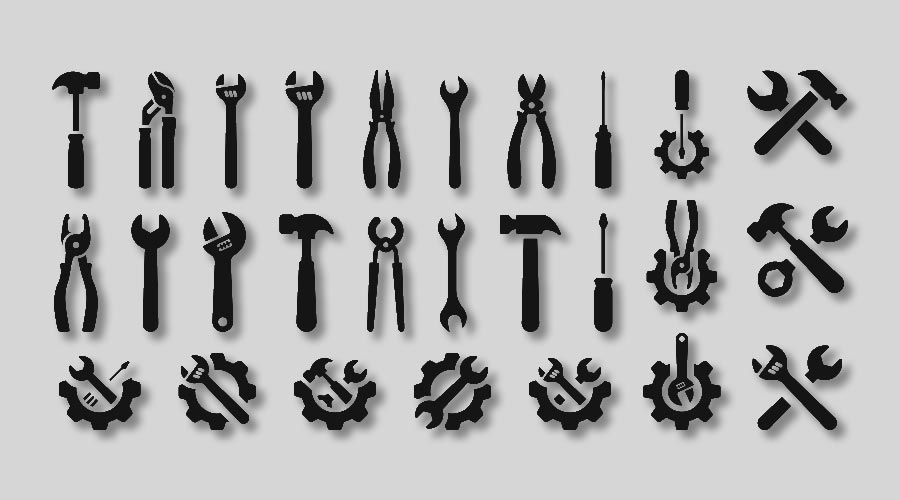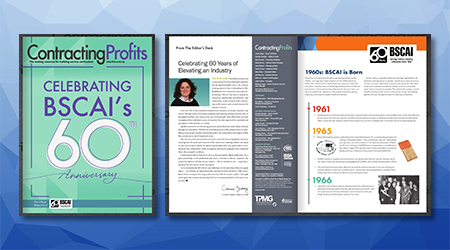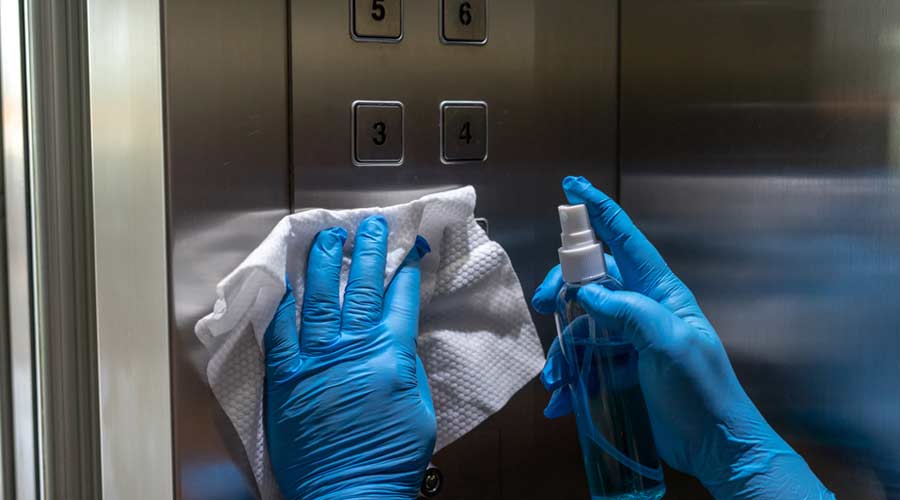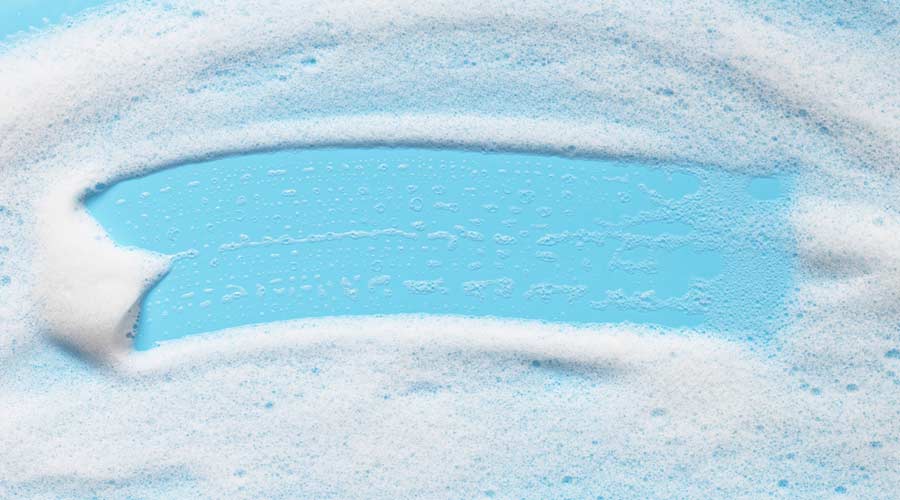
The costs of doing business are high and the contentiousness of national and international politics is making the jan/san profession difficult to predict. To combat these uncertain times, end users are exploring cost-saving strategies, such as changing cleaning frequencies and putting off the purchase of high-priced equipment. Considering these tendencies, distributors who offer service departments will become valuable partners for end users looking to maintain and extend the life of existing machines.
To better understand the value of providing a service division, Sanitary Maintenance spoke with Joseph Tehan, director of equipment services at Imperial Dade, Jersey City, New Jersey.
SANITARY MAINTENANCE: A huge benefit of having a service division is that it helps protect distributors during economic downturns. Why is that security so crucial?
TEHAN: It absolutely helps. As budgets and funding get tighter, often clients will repair equipment verses replace. This allows them to address and budget replacement costs in the future. We saw this frequently during the pandemic where the cost of both equipment and supplies hit a peak. End users were able to move some funds from capital expenses, like equipment, into supplies needed for their day-to-day operations.
SM: What are the top benefits of offering maintenance and repair services?
TEHAN: We can be a “one stop shop” for our customers. There’s one point of contact for them and it helps to provide better customer loyalty and retention. It also produces an additional income stream, not only with service contracts, preventative maintenance programs and emergency repairs, but also identified aging or underperforming equipment. Service can be a differentiator between you and your customers. Many customers will price-shop consumables online. Service is more difficult to compare and there’s variance in both scope and quality.
SM: What have you found to be the most effective ways to market your services?
TEHAN: Social media plays a central role in how we engage with our customers, educate our audiences, and amplify the voices of our experts. At Imperial Dade, we take a multi-platform approach to marketing our services, with a strong emphasis on value-driven content that supports the everyday needs of our customers — especially frontline workers and facility managers.
Our YouTube channel is also a cornerstone of our content strategy. It's not just a marketing tool — it’s a learning hub. We feature short, high-impact videos from industry experts that cover best practices for equipment and cleaning processes, troubleshooting tips to reduce downtime, proper care and maintenance of tools, and service walkthroughs that fill gaps left by informal, on-the-job training.
One of the biggest challenges in the field is that frontline workers often learn from someone who learned from someone else. While that kind of peer training builds camaraderie, it can also lead to the adoption of shortcuts or outdated practices if the original source wasn’t properly trained. Our YouTube content helps break that cycle by standardizing information and reinforcing current industry standards.
To maximize visibility, we regularly repurpose and share our YouTube videos across platforms like LinkedIn, Facebook, and Instagram. Each platform offers unique benefits. On all platforms, we don’t just post — we engage. That includes responding to comments, soliciting video topic requests, and spotlighting questions we receive from the field.
We’re fortunate to have over 7,500 employees, including a nationwide network of subject matter experts (SMEs) who are incredibly generous with their knowledge. Our marketing team is constantly fielding requests for specific training videos and content ideas, which we use to guide our production calendar. This ensures that the materials we create are timely, relevant, and genuinely helpful.
In addition to social media, we support our services through a combination of on-site training events and trade shows, search-engine-optimized content on our “Learning Center” blog, collaborations with manufacturers to co-promote new equipment and solutions, and internal education to empower our sales teams with the right tools and messaging
SM: What are the most difficult aspects of offering maintenance and repair services?
TEHAN: The people on our team are our greatest strength. That said, managing technician scheduling and response time, especially during peak demand, is most challenging.
Finding skilled labor is an ongoing struggle, however we’re seeing the younger generation is looking more towards the trades and working with their hands. Our job is to train, promote and retain quality people. Across the country we have several hundred service technicians and having the right number of people in a particular location for business demands and productivity is a delicate balance.
A couple great examples are our education segment and seasonal equipment. We try to get seasonal equipment into shops before the heavy demand, but when the first snowflake falls for the year, the phone rings off the hook for emergency snow equipment repairs. Similar with the seasonality of education. History tells us that schools will strip and finish floors when school lets out for the summer.
Every year we reach out in April and early May to have their floor equipment primed for the upcoming season. Typically, the shop is inundated the second week of June, mostly with emergency requests. Staffing for these seasonal swings is difficult.
Controlling costs and meeting service expectations is another issue. The expectation is fast and affordable service, but labor, parts, travel, and overhead costs continue to rise. Maintaining profitability while providing quality and affordability is a constant struggle.
SM: How might having a maintenance and repair program help your sales team?
TEHAN: We value ourselves as being a partner to our customers and an extension of our sales team. I use the expression “just because we can fix something doesn’t mean it’s what’s best for the customer” a lot with our team. Every piece of equipment that comes in for service is looked at regarding age, condition, and historical data for that machine. We’re able to track everything that’s been done historically to a machine by serial number. Our service managers and coordinators have routing conversations with customers and sales about their equipment. Often, we recommend to a customer that we can fix something, but a better business decision may be to replace the equipment. We keep the salesperson abreast so they can also quote a similar machine to assist the customer in making an informed decision that’s best for their facility.
Service can assist with replacement cycles, too. An older machine may be worth repairing today, but we can forecast its replacement and assist in budgeting accordingly.
Another thing we’ve found to be true is that the company that’s doing the service is most likely the company that will sell the equipment when adding or replacing a machine to the fleet. Service also makes a sales rep “stickier” in an account. A good technician that is trusted by the customer is very hard to replace and is often another set of eyes in an account. When I was in sales, I went out of my way to meet our service techs and truck drivers at accounts. They were in parts of the building I hadn’t seen before, and we uncovered opportunities for additional solutions.
SM: What are some best practices for operating a successful service program?
TEHAN: There are really two business models for service. One is reactionary. That’s when someone’s equipment is broken and needs it fixed ASAP. Another is preventative maintenance, and that’s where we look at equipment on a scheduled basis to proactively address any issues before they become more costly repairs or catastrophic failures. A program should offer both and ideally be customizable to the customer’s needs.
An emergency call with catastrophic failure increases not only the cost of service, but the larger cost is the loss of productivity and results for the customer. The cost of a down machine is a dip in employee productivity and a reduction in results, customer satisfaction, and employee morale.
We offer ongoing factory training and certification for our technicians so they’re comfortable with the latest and greatest in technology. It also allows us to cover warranty repairs for the manufacturer.
Having stocked service vans with the most common parts helps reduce downtime, increases technician productivity and reduces cost to a customer for return trips. While it's impossible to have every part for every machine, we should customize what our technicians use based upon their customer base and geography.
I have a love/hate relationship with loaners and rentals. You can never have enough machines in your loaner/rental fleet to satisfy every customer that has a down machine, and rarely do they come back in the same condition as they were when they left. Finding the win/win for both customer and distributor is key to what’s right for all.
Having real-time discussions with customers helps. A few years ago, we invested in developing software to speed up the service process. Our technicians have iPads that do real-time quotes. In just a few minutes we can email a quote to a customer, get approval and potentially fix it immediately or order parts to complete the repair quickly. One of the benefits of Imperial Dade is the purchasing power and the vast warehouse space across the country. It’s not unusual to get a hard to find or back ordered part for a customer in a warehouse 2,000 miles away.
We monitor KPI’s in our service department, and one that we monitor closely is “days in shop” which is time the technician first looks at a piece of equipment to the time the call is closed. We extrapolate the data that is within our control and strive to reduce this number month over month.
Jake Meister is the Managing Editor of Sanitary Maintenance, Contracting Profits and Facility Cleaning Decisions magazines, as well as CleanLink.com.

 Celebrating BSCAI's 60th Anniversary eBook
Celebrating BSCAI's 60th Anniversary eBook The Down and Dirty on Cleaning in Virus Season
The Down and Dirty on Cleaning in Virus Season How Surfactant Use is Expanding in Commercial Cleaning
How Surfactant Use is Expanding in Commercial Cleaning